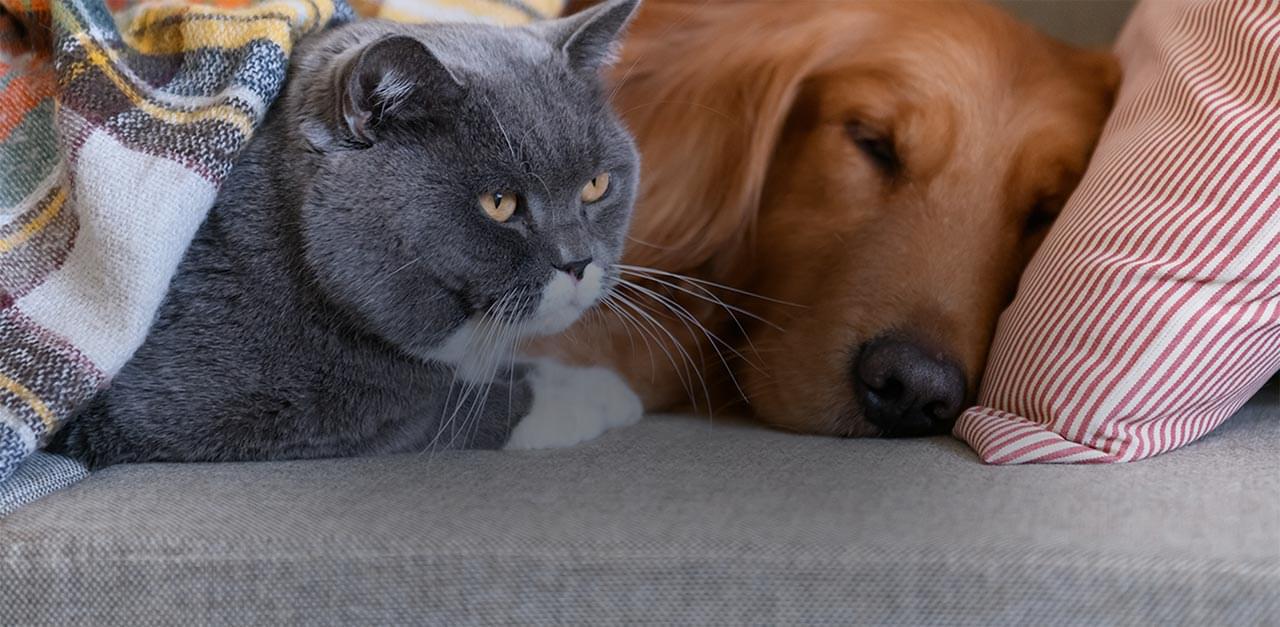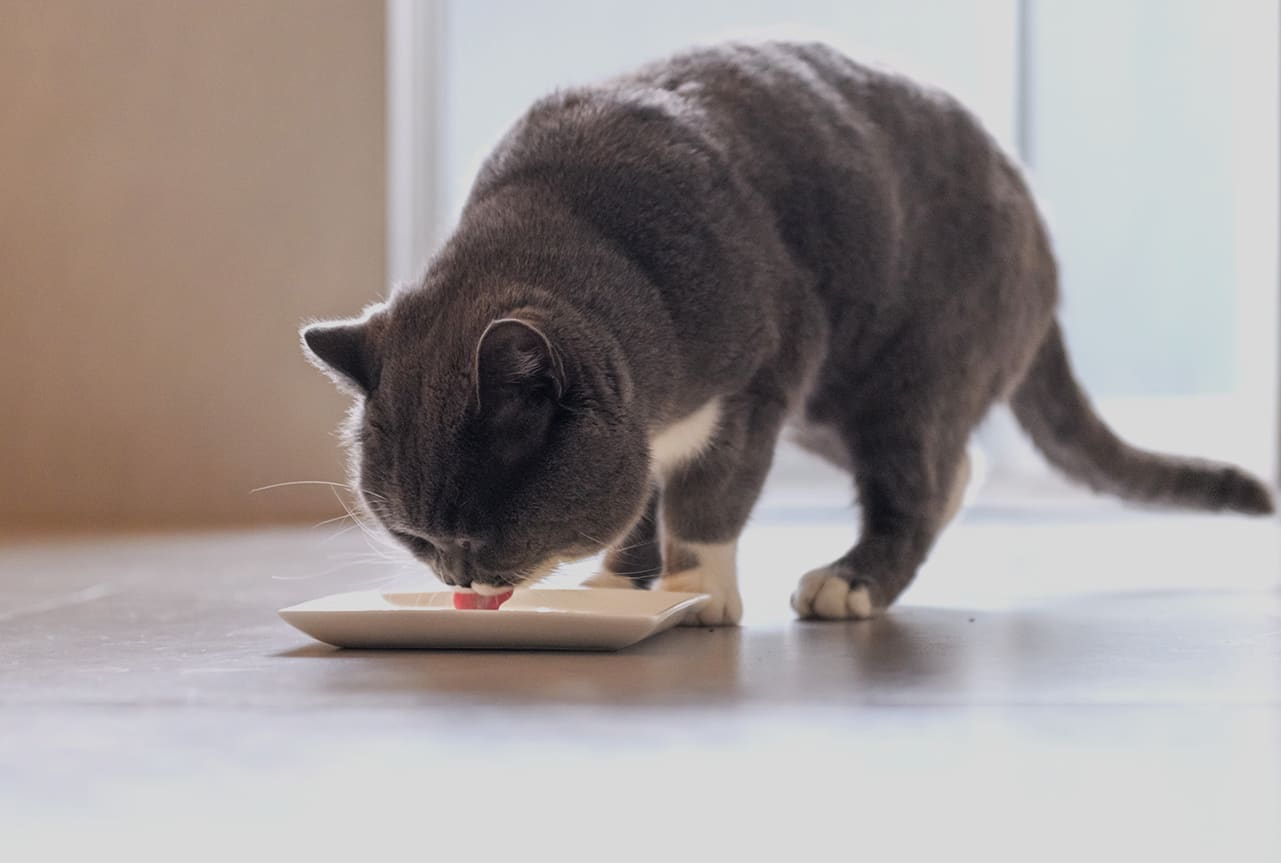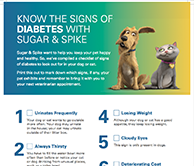Watch for Changes
There can be visible changes to your cat’s behaviour and overall health from diabetes, and no one knows your cat better than you. It is important that your cat is thoroughly examined by a vet at least once a year. For cats at risk, more frequent visits may be advised.
How Common is Pet Diabetes?

How Common is Pet Diabetes?
Knowing the signs of diabetes is the first step in protecting your cat’s health. If any of these signs apply to your cat, bring your cat to your vet for a checkup:

Urinates frequently or large amounts leading to more frequent litter changes or a heavier cat litter tray

Drinks a lot of water or drinks from unusual water sources

Always hungry

Weight loss

Dull or dry coat

Sleeps more or is less active

A Visit to Your Vet
If your cat shows signs of diabetes, your vet will ask about them, and check your cat’s general health to rule out the possibility of other conditions or infections.
The first tests that your vet will do is check your cat’s urine for the presence of glucose and ketones and also take a blood sample. The blood sample will be checked for high levels of glucose, and possibly for a protein called fructosamine. The diagnosis only becomes definite when glucose is persistently found in both the urine and at a high level in the blood.
Next Article: Managing Diabetes >
Further Reading

Talk to Your Vet Today
to learn more about pet diabetes, and how cats and dogs can lead a happy,
healthy life with proper management







